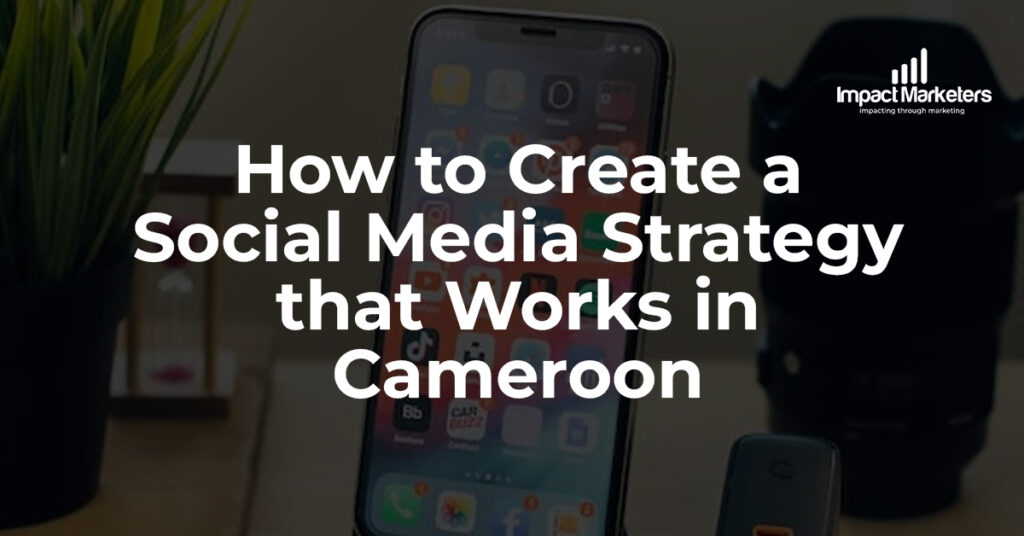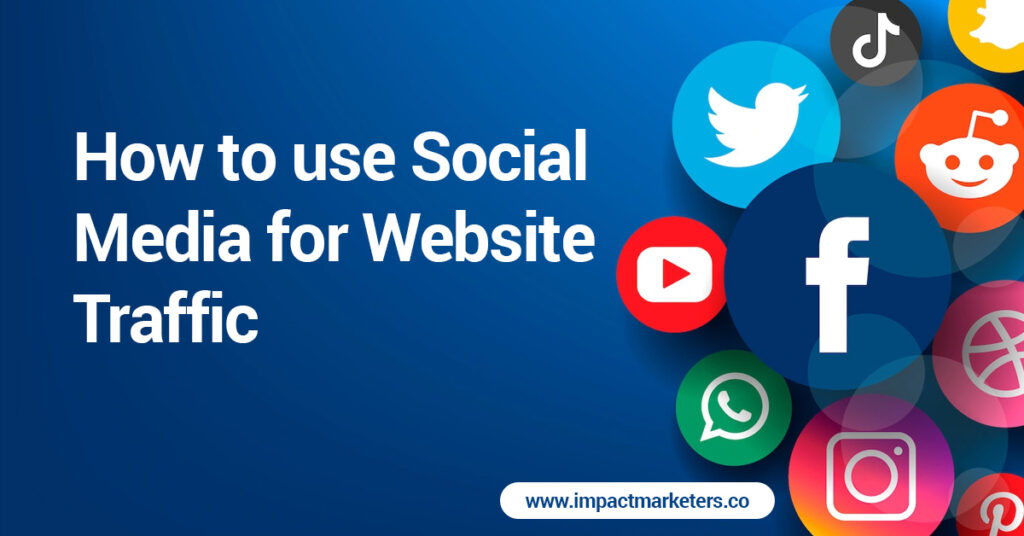Social media is a powerful tool for businesses of all sizes and industries. It can help you reach new customers, build relationships, increase brand awareness, and drive sales. But how do you create a social media strategy that works for your specific market and goals?
In this blog post, we will share some tips and best practices on how to create a social media strategy that works in Cameroon, a country with over 30 million people and a growing internet penetration rate of 35%.
Step 1: Define your goals and objectives
The first step to creating a successful social media strategy is to define your goals and objectives. What do you want to achieve with your social media presence? How will you measure your success?
Some common social media goals are:
- Increase brand awareness
- Generate leads and sales
- Build community and engagement
- Provide customer service
- Improve brand reputation
Your goals should be SMART: Specific, Measurable, Achievable, Relevant, and Time-bound. For example, instead of saying “I want to grow my followers”, you could say “I want to increase my Facebook page likes by 20% in the next 6 months”.
Step 2: Know your audience
The next step is to know your audience. Who are they? What are their needs, preferences, and pain points? Where do they spend their time online? How do they interact with brands on social media?
To answer these questions, you need to do some research and create buyer personas. Buyer personas are fictional representations of your ideal customers based on data and insights. They help you tailor your content and messages to your target audience.
You can use tools like Google Analytics, Facebook Insights, Twitter Analytics, and Instagram Insights to collect demographic and behavioural data about your social media followers. You can also use surveys, interviews, and feedback forms to gather qualitative information.
Step 3: Choose your platforms
The third step is to choose your platforms. You don’t have to be on every social network. You should focus on the ones that are most relevant to your audience and goals.
According to Statista, the most popular social networks in Cameroon as of January 2021 were:
- Facebook (6.4 million users)
- YouTube (4 million users)
- Instagram (2 million users)
- Twitter (1.3 million users)
- LinkedIn (1 million users)
These numbers can give you an idea of where your potential customers are hanging out online. However, you should also consider other factors such as:
- The type of content you want to create and share (e.g., text, images, videos, live streams)
- The tone and voice of your brand (e.g., formal, casual, humorous, professional)
- The level of engagement and interaction you want to have with your audience (e.g., comments, likes, shares, messages)
For example, if you are a fashion brand that wants to showcase your products and inspire your customers with visual content, Instagram might be a better choice than LinkedIn.
Step 4: Create and curate content
The fourth step is to create and curate content. Content is the core of your social media strategy. It’s what attracts, educates, entertains, and converts your audience.
To create effective content for social media, you need to:
- Align it with your goals and objectives
- Tailor it to your audience’s needs and interests
- Adapt it to each platform’s format and best practices
- Use keywords and hashtags that are relevant to your niche and location
- Include clear calls-to-action that encourage your audience to take the next step
You don’t have to create all your content from scratch. You can also curate content from other sources that are relevant and valuable to your audience. For example, you can share articles, videos, or podcasts from industry experts, influencers, or media outlets that cover topics related to your niche.
However, you should always give credit to the original source and add your own commentary or opinion to provide context and value.
Step 5: Plan and schedule your posts
The fifth step is to plan and schedule your posts. Planning and scheduling your posts in advance can help you:
- Save time and resources
- Maintain a consistent and coherent brand voice
- Optimize your posting frequency and timing
- Avoid missing important dates and events
- Analyze and improve your performance
To plan and schedule your posts, you need to:
- Create a content calendar that outlines what, when, where, and how you will post on each platform
- Use a tool like Hootsuite, Buffer, or Sprout Social to schedule your posts ahead of time and manage them across different platforms
- Monitor your posts for engagement, feedback, and issues
Step 6: Engage with your audience
The sixth step is to engage with your audience. Social media is not a one-way street. It’s a two-way conversation. You need to interact with your audience regularly to build trust, loyalty, and advocacy.
To engage with your audience, you need to:
- Respond to their comments, questions, reviews, and messages in a timely and friendly manner
- Encourage them to share their opinions, experiences, and feedback with you
- Ask them questions, solicit their input, or run polls and surveys to learn more about them
- Thank them for their support, recognition, or referrals
- Reward them with incentives, discounts, or exclusive offers
- Join relevant groups, communities, or hashtags where they are active and participate in the discussions
- Collaborate with influencers, partners, or customers who can amplify your reach and credibility
Step 7: Measure and analyze your results
The seventh step is to measure and analyze your results. You can’t improve what you don’t measure. You need to track and evaluate your social media performance regularly to see if you are meeting your goals and objectives.
To measure and analyze your results, you need to:
- Define the key performance indicators (KPIs) that matter most to your business (e.g., reach, impressions, clicks, conversions, etc.)
- Use tools like Google Analytics, Facebook Insights, Twitter Analytics, Instagram Insights, etc. to collect and visualize your data
- Compare your results against your benchmarks, competitors, or industry standards
- Identify what’s working well and what’s not working well on each platform
- Test different variables (e.g., content types, formats, headlines, images, etc.) to optimize your performance.
Conclusion
Creating a social media strategy that works in Cameroon is not a one-time task. It’s an ongoing process that requires constant monitoring, testing, and adjusting. By following these seven steps, you can create a social media strategy that helps you achieve your business goals and connect with your audience in Cameroon.
If you need help with creating or executing your social media strategy in Cameroon, contact us today.






